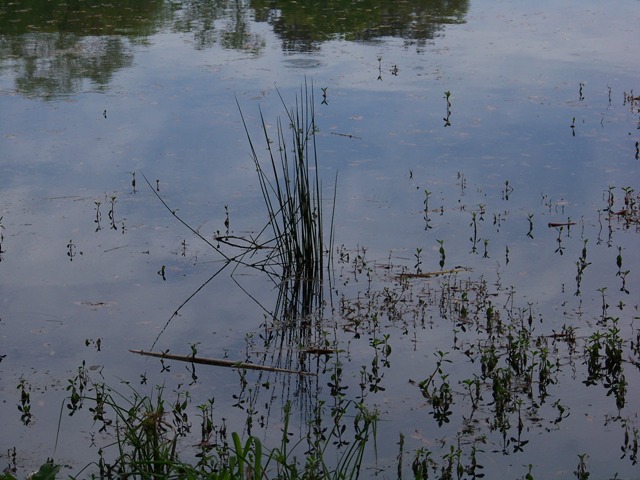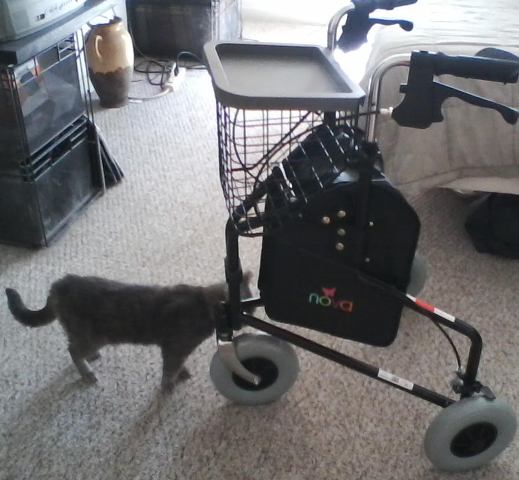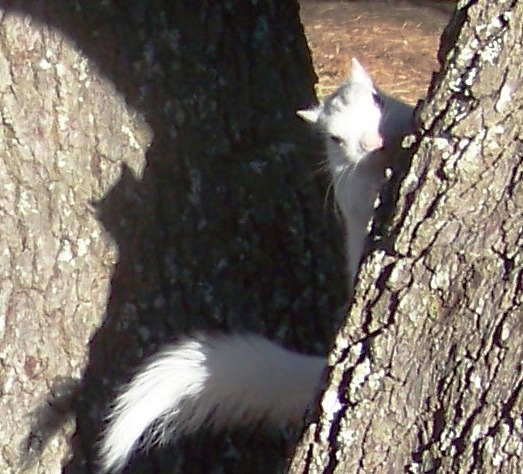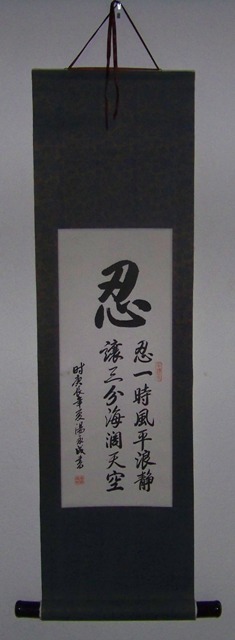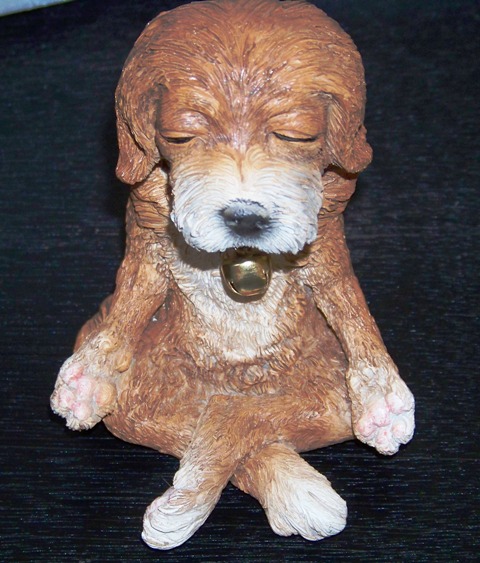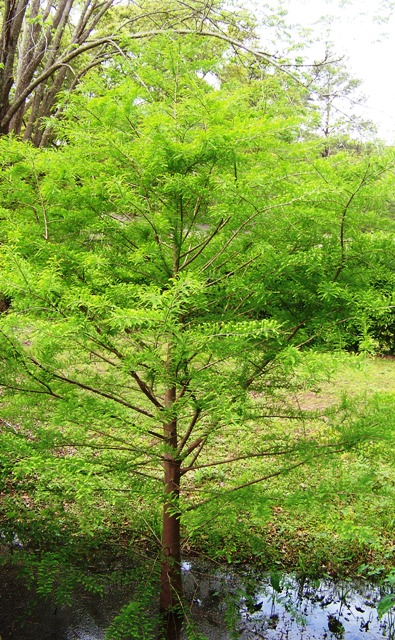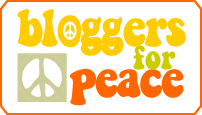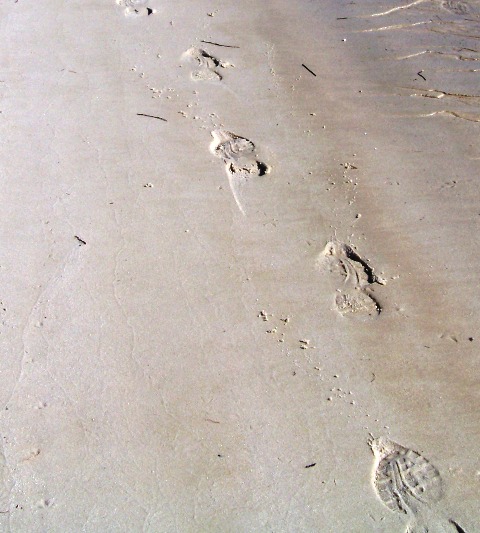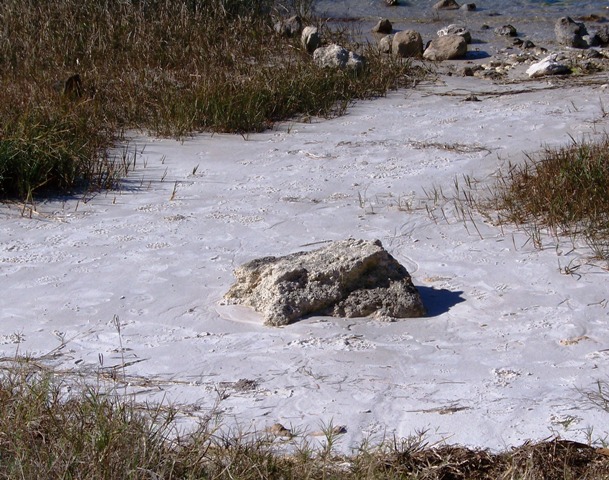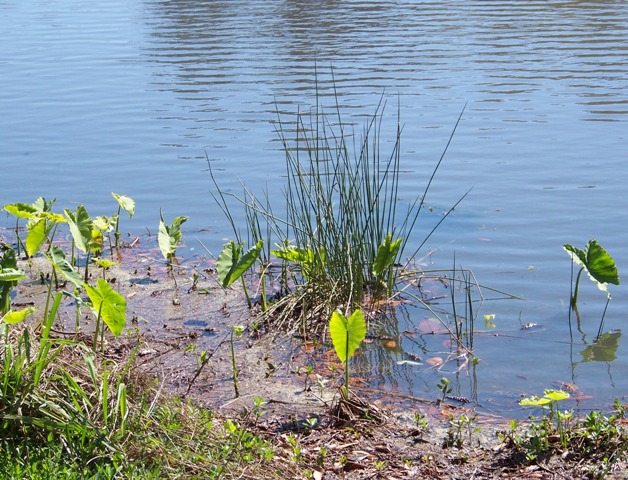Pre-spinal fusion surgery, I described my gait as ”a drunken Frankenstein’s monster.” My neurosurgeon thought it apt.
Subsequent surgery and yoga have improved my walk considerably but my gait is still ”spastic” so there remains a bit of Frankenstein about me and always will. My body is not in synch.
Both hip replacements are great but my spinal cord is damaged from prolonged pinching. I’m among the 70% who show improvement. Still, I stagger sometimes, clumsy comes easily.
My neurologist explains it as residual from the cervical fusion, nothing monstrous, merely minimal–that which could not be restored–so less is better.
Body hardware strengthens sensation–works with the residual–what remains after the damage has been repaired. With less I learn to do more with foreign body parts. That’s as good as it gets.
And that’s the way I live, in an apartment of two rooms–living area/kitchen and bedroom–with a shower/bathroom. Even a full Frankenstein can maneuver here.
And isn’t that what being alive is all about? Learning to live in the skin we are in and then go exploring. For a time, walking my apartment with a slight stagger is sufficient.
Always, there is writing but with limitations.
There is not enough sensation in my fingers for actual typing. This has been true for the last two and a half years. In this regard, surgery provided no improvement, no change.
What remains is tingling/numbness in my arms and hands, all fingers and both thumbs affected. Yet, what does not change can be good news and in my case, it is. No healing is possible so maintaining what I have is the goal, and that I am doing.
I’ve been using speech recognition regularly but speaking the written word is not the same as typing it. Sounds silly but the thought process is different, completely different.
For me, editing speech recognition is slow going. My brain commands my fingers–hunt and peck–but the keys they stroke seem to be their decisions alone.
Even so, I am book-building now, which limits the number of my blog posts but blogging is an integral part of my life, especially as I found myself becoming a bit of a Frankenstein.
How that happened is all here on this blog so I continue to post, from time to time. It’s comfortable here. I hope for you, too.
I am excited about this book because it is not like anything I have attempted before. There is a freshness in it. Like the residual that is me, much remains to be explored. And so, I am.
My one bedroom apartment is not the world, no matter how much the Internet introduces. Ironically, it is the online world that opens me to what is outside my door.
Quickly, I go nowhere without a walker but not the orthopedic wonders forced upon me after each surgery. Companions they may be– to take me from one seat to another–but they are not friends, not wheels to the world.
I find my walker on the Internet, after much research, and I admit to hubris when it comes to the uniqueness of my wheels. So far, I have seen no other like it.
It feels more a motorcycle than a legged triangle on wheels with grocery basket and backpack. Silver handlebars bars with black, bike-like grips, it offers no seat but three gravel-gray wheels thick enough for trails, if I am careful, and I am.
I can zoom around people, snake though grocery store aisles. My mobility startles shoppers; free-wheeling I call it. Not my best moments, admittedly, but disability does not mean I walk with saints.
My walker may be my own bit of Buddha nature, my constant in the chaos. It is wheels for life–mine–as good as it gets.
